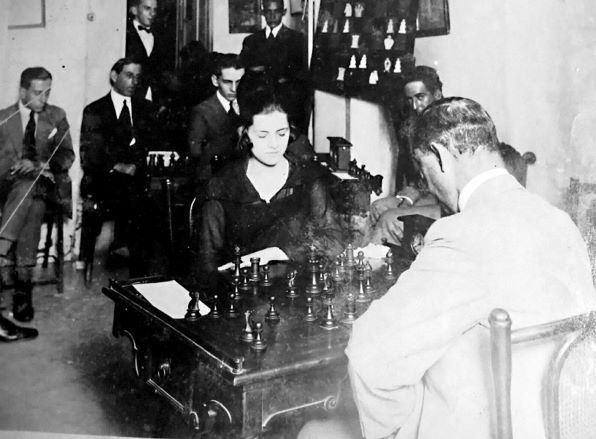The Pigeonholed Queen, Maria Teresa Mora Iturralde
Chess ace from Cuba, Maria Teresa Mora Iturralde. Havana-born and the lone student of Jose Raul Capablanca's, she is a renowned chess player. Mora made history when she became the first female player to ever win the Cuban Chess Championship. She was twice a challenger for the Women's World Champion.





